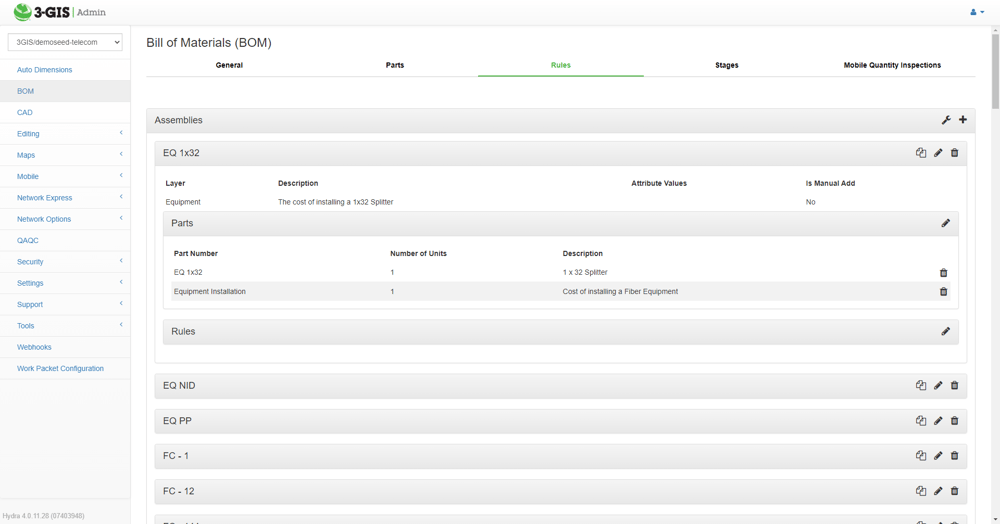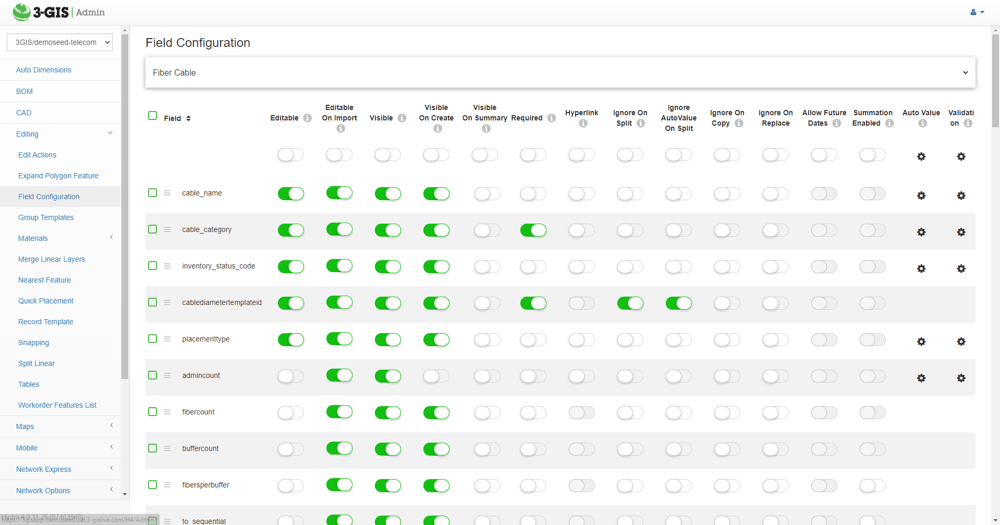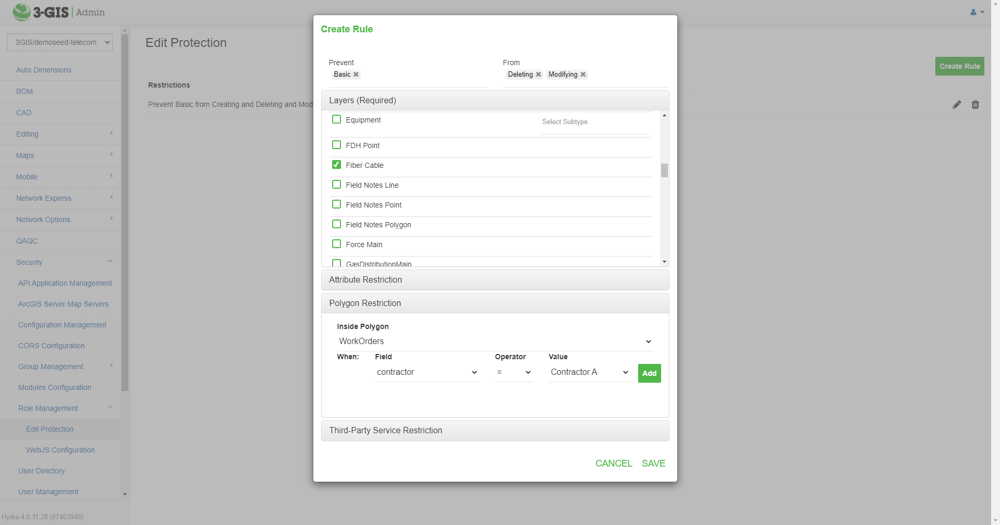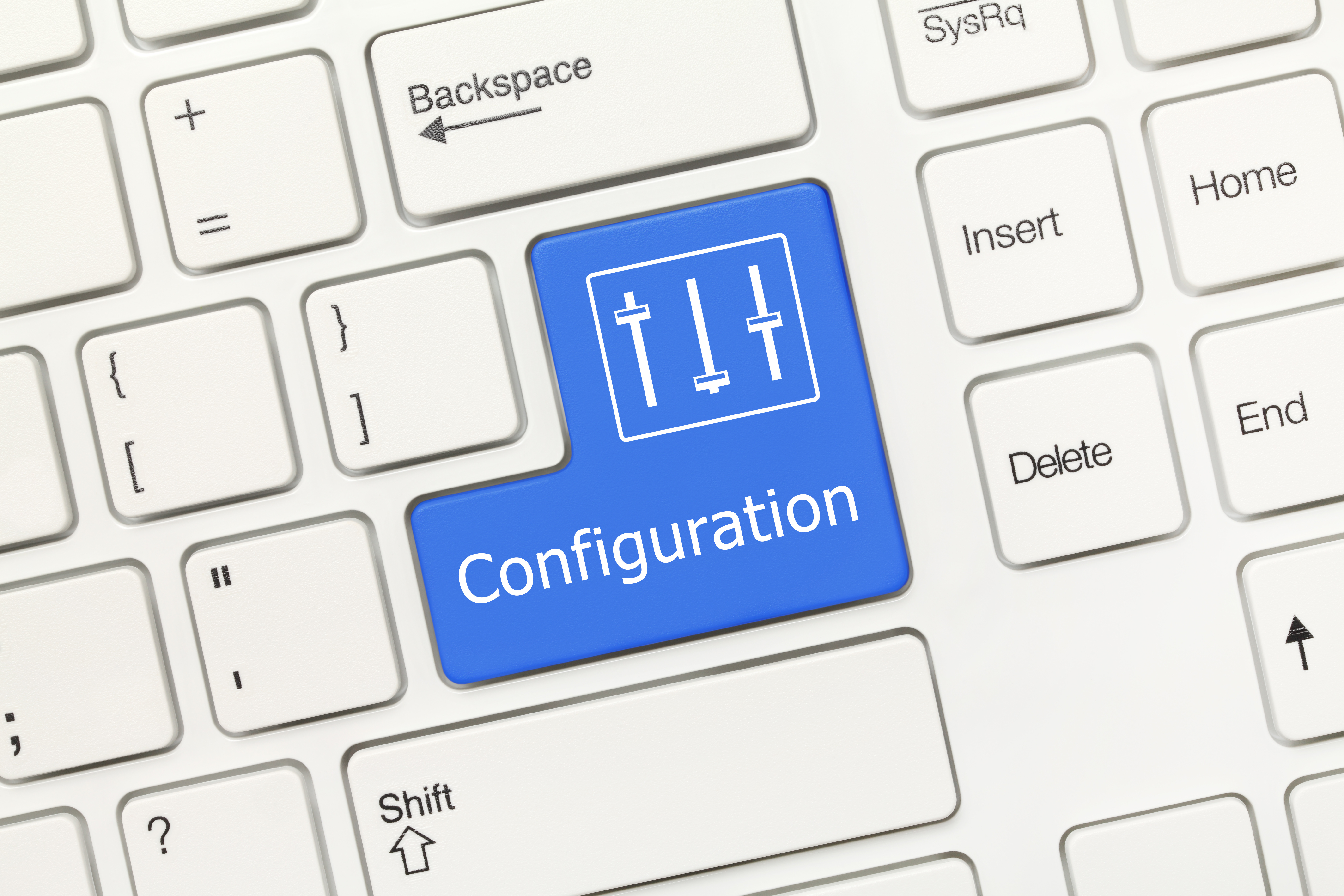System setup…this tedious, daunting, but somewhat overlooked process is the lifeblood of any enterprise software solution. And, with the accelerating pace of designing and building out fiber, an asset management system that you can just “set and forget” no longer exists. Processes change. People change. You need to be able to adapt your network management solution quickly and with little to no downtime for your user base.
Think of it this way. As you accept more and more projects, your system needs will likely change in order to meet those requirements. Being tied down to a single setup restricts implementation of process enhancements and impacts performance by slowing down users. This is why adopting a highly configurable system is crucial to maintaining adaptability.
When new customers onboard with 3-GIS, a configuration workshop is scheduled to tune the software to meet their business needs. During this workshop, we work to understand deployment requirements and ready the system to support defined user roles. But, things, undoubtedly, will evolve over time. Businesses need to be able to make changes at will.
This is where self-service configurability comes in. 3-GIS | Admin allows system administrators to fine tune and control the user experience for the entire software suite without the need to download any additional software. All that is needed is an internet browser and a user account, meaning the software experience can be configured from anywhere. Let’s take a look at 3 ways 3-GIS | Admin can be used to keep system processes aligned with your project goals.
1. Keeping the bill of materials (BOM) updated

Creating an accurate and up-to-date bill of materials can mean the difference between making or breaking the budget. BOM rules can be configured to determine how costs for parts, assemblies, and even labor are calculated; what network deployment stage should be included in the report (i.e., design, as-built, etc.); and which users have the ability to extract the report. Configuring and using QAQC rules in conjunction with your BOM can help ensure all required information is populated before extracting your BOM to get the most accurate output.
2. Controlling how users interact with data
One of the most common challenges we see centers around how users view and manipulate data.

Field Configuration allows control over how the users interact with feature attributes (the information fields associated with each feature) in 3-GIS | Web. From here, settings are implemented to control sorting, editability, visibility, and how data is recorded. Through the use of regular expressions, users can be required to follow the guidelines set against that field. For example, you might have an “owner email address” field on an address feature in which you want to ensure users follow a typical email format and include ‘@’--adding real-time quality control from the start.
3. Protecting data for specific features

Edit Protection provides further control over how users are able to modify network asset data in 3-GIS | Web. In the example above, the Edit Rule prevents users in the ‘Basic’ role from deleting or modifying fiber cables when in a work order polygon belonging to “Contractor A.” Polygon restrictions like this are extremely useful when needing to control editing permissions within an entire area. Edit Protection can be made even more granular to control what actions users are restricted from performing based on specified feature attributes (such as installation status or owner).
While system setup has often been seen as a “necessary evil,” we are continuing to see the narrative shift. With configuration portals like 3-GIS | Admin, organizations are able to remain in control of their data and how users work with it–without involving a third party or implementing custom code. What could you do with the power of full system configuration at your fingertips?



